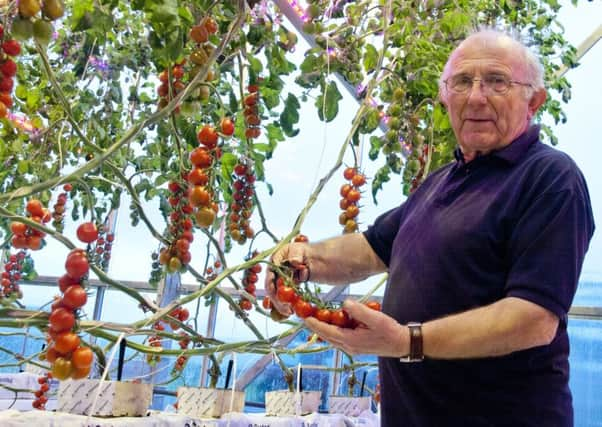Comment: Harnessing technology to enhance food security


As a result of climate change, weather patterns will become increasingly unpredictable in the future and this, in turn, will pose even greater challenges for our food security.
It is a fact that crop losses are becoming more commonplace due to severe weather events, as anyone who tried to buy courgettes or iceberg lettuce at the beginning of the year will already know. Unusually dull, wet and cold conditions in Europe, particularly in the growing regions of Spain and Italy, caused devastating crop losses for growers, resulting in shortages of their produce for export to the UK market.
Advertisement
Hide AdAdvertisement
Hide AdSuch shortages are of great concern given our reliance on imports here in the UK; we source around 50 per cent of our vegetables and 90 per cent of our fruit from overseas.
Encouragingly, there may be ways to bolster our food security by producing more of it at home. Extending the season of certain UK crops is one way to achieve this. It is something that Dr Phillip Davis has been exploring with glasshouse tomatoes here at Stockbridge Technology Centre.
Under normal conditions it would not make commercial sense to produce glasshouse tomatoes in our climate during the winter months. However, Phill has shown that, by employing the latest LED lighting technology, UK tomatoes can be produced all-year round - without generating an extortionate electricity bill.
Phill is also growing crops in completely enclosed production systems, where they are unaffected by weather. These ‘urban farms’ offer a very attractive solution, protecting high value crops from weather extremes and allowing year-round production in compact spaces.
Advertisement
Hide AdAdvertisement
Hide AdAlthough the concept of urban farming is still in its infancy, commercial units are now relatively common in the Far East and some are being built here in the UK. The benefits of this type of technology are even within reach of those who grow their own produce at home; a range of LED-based herb, salad and vegetable systems are available to buy. To find out more, just type ‘indoor smart garden’ into your web browser.
Some trail-blazing gardeners have already swapped the glasshouse for a high-tech, insulated shed, kitted out with the latest LEDs and hydroponic irrigation systems.
So what’s the word from our weather station this time?
For those of us at the mercy of the weather when it comes to gardening or producing crops, the rain during the last month was welcome relief. Our weather station recorded more than 10mm during the last week of May.
An even wetter start to June saw in excess of 30mm fall by the tenth of the month, with maximum air temperatures in the low 20s.
Advertisement
Hide AdAdvertisement
Hide AdOne downside is the effect this had on pesky weeds, forcing many of us to pick up a hoe.
Slugs enjoyed the increased moisture, but the heavy downpours that heralded the start of the meteorological summer may have helped to control other pest outbreaks by knocking individuals off plants.
A well-aimed raindrop can be quite the challenge for an unsuspecting greenfly or freshly hatched caterpillar.